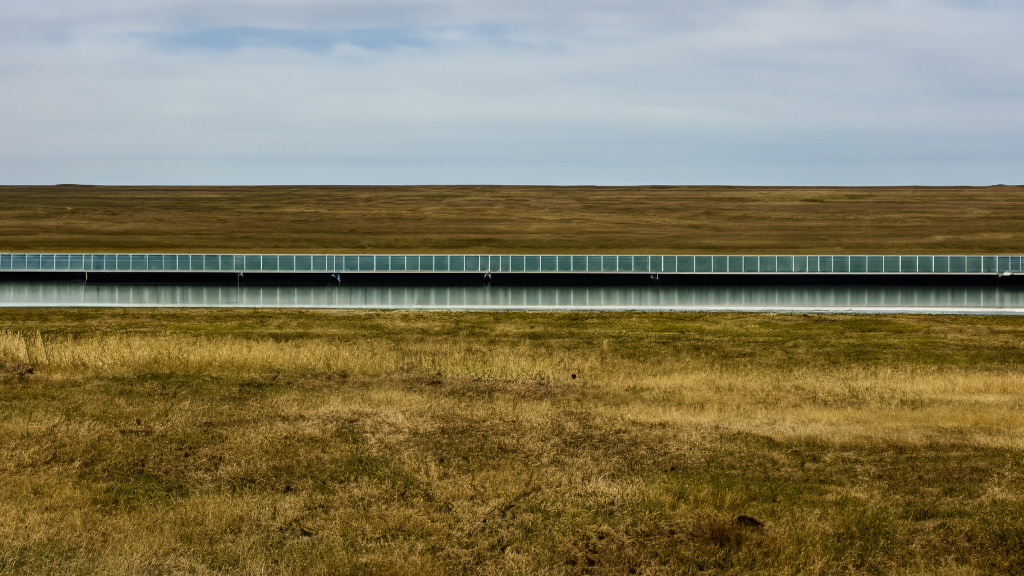
Elena Dell’Agnes
Anne-Laure Amilhat Szaa
Can cultural production be more than a side-issue in border studies? The following set of papers clearly makes a move towards a new way of answering the question positively. It is important to take cultures of all kinds—whether conforming with “popular,” “classic,” or “avant-garde” categories—into account in order to understand bordering dynamics, as their comprehension can usefully be utilized to enlarge the conceptual framework from which, and with which, we consider the border. This assertion is primarily based on the multiplication of artistic artifacts in borderlands, on the border itself, or about the bordering processes, the diversity of which is acknowledged in this special issue of Geopolitics.
It also rests on the fact that cultural production and borders have developed a more-than representational relationship that appears to reveal a lot of the political mechanisms at work in the spaces concerned by borders and border-crossings.
Unheard of till the turn of the century, the word “borderscape” is now trendy. It is presumed to have been coined by the performance artists Guillermo Gómez-Peña and Roberto Sifuentes, who used it for the first time in the title of a performance in 1999: Borderscape 2000: Kitsch, Violence, and Shamanism at the End of the Century. Then, after a short period of disuse, the term resurfaced, or was reinvented. In 2003 it was used by Arjan Harbers in the essay “Borderscapes, the Influence of National Borders on European Spatial Planning,” included in a book entitled Euroscapes.

Geopolitics, 20:1–10, 2015
Copyright © Taylor & Francis Group, LLC
ISSN: 1465-0045 print / 1557-3028 online
DOI: 10.1080/14650045.2015.1014284